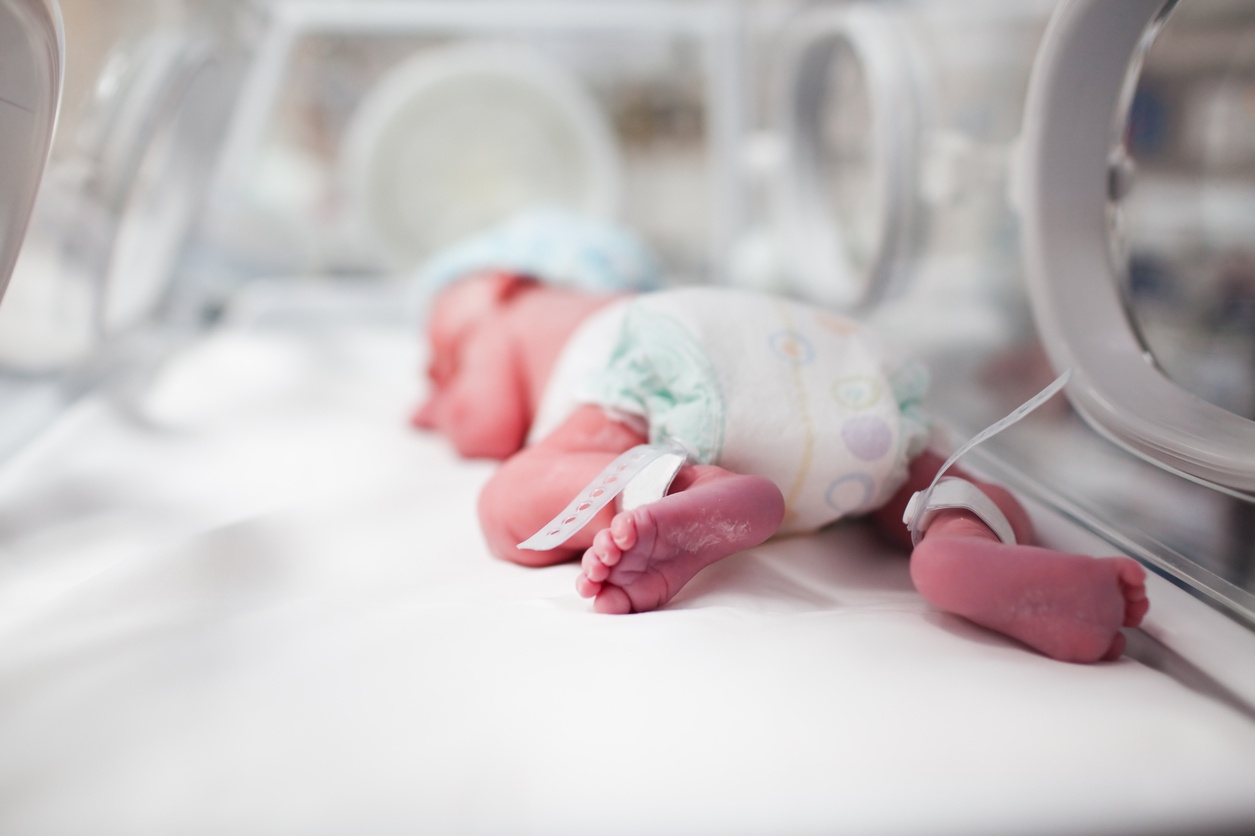
The neonatal intensive-care unit (NICU) is no stranger to simulation. In the 1970s, the Neonatal Resuscitation Program (NRP) combined delivery room simulations with book and test learning to enhance preparation for real-life scenarios.
Currently, 10 to 15 percent of babies born in the United States, about half a million, need to visit the NICU upon delivery. The reasons for going to the NICU include prematurity (delivery before 37 weeks gestation), heart problems, breathing irregularities, and birth defects.
Birth and delivery are complicated processes. Once the baby is delivered, his/her body systems must adapt to the external environment.
- The lungs must breathe air.
- Cardiac and pulmonary circulation changes.
- The digestive system must begin to process food and excrete waste.
- The kidneys must begin working to balance fluids and chemicals in the body and excrete waste.
- The liver and immunologic systems must begin functioning independently.
Sometimes this transition can be difficult, and thankfully there is special newborn care available.
Advantages of NICU Simulation Education
- A high degree of fidelity. NICU simulations are created specifically for the delivery room environment. It enhances critical resuscitation skills for nurses and residents alike.
- Communication and clarity. A delivery room is crowded with parents and multiple caregivers, and continuing education strengthens communication between caregivers and clarifies their roles at a critical time.
- Continual improvement. Team-based simulation education helps identify weak links and common near misses, and helps prevent them in real-life scenarios.
- Strengths of simulation. As with simulation in general, hands-on learning and the following debrief sessions improve educational and patient outcomes.
Over the years, the simulation market has seen a steady increase in education for this neonatal care. Healthcare education programs all over the world are incorporating more lessons and simulation scenarios into their curriculum, and the availability of products are increasing to accommodate these unique neonatal situations.






